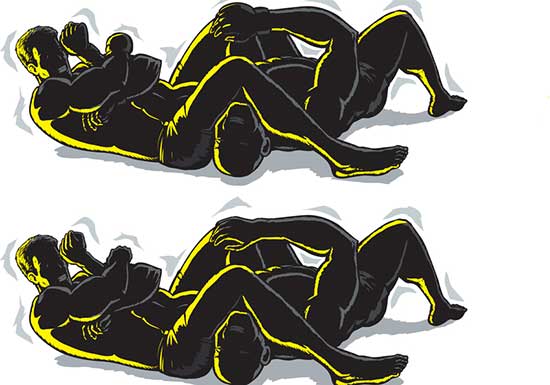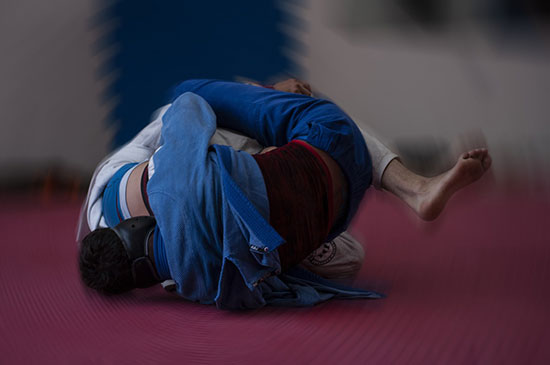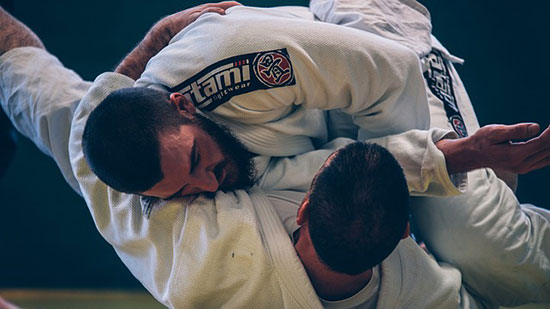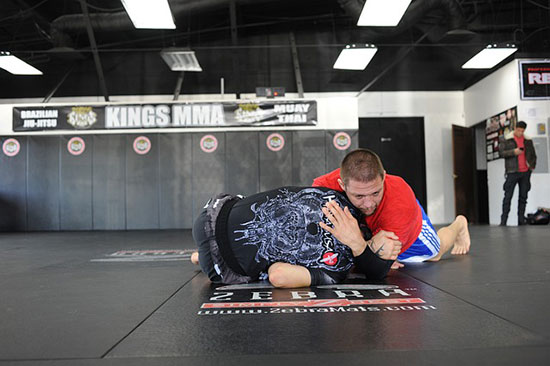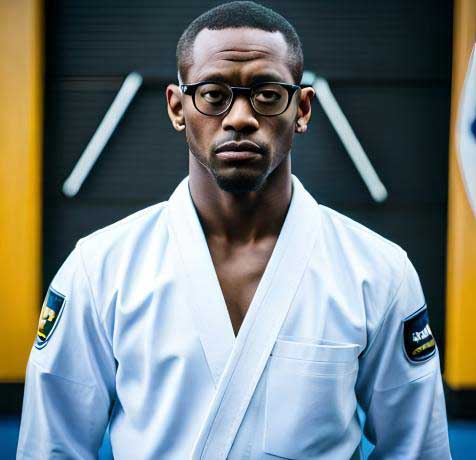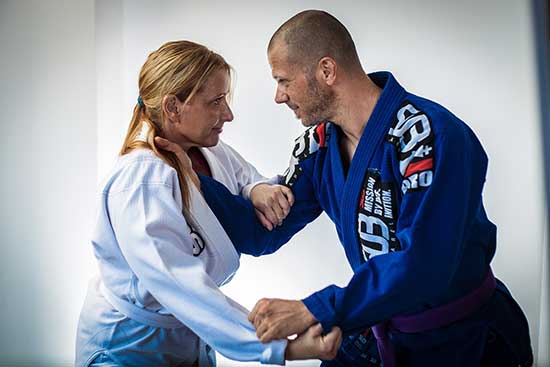BJJ, or Brazilian Jiu-Jitsu, is a martial art and combat sport known for its ground fighting techniques. As practitioners progress in their BJJ journey, they strive to achieve different belt ranks to mark their progression and skill level.
One of the most significant milestones in BJJ is achieving the blue belt. In this article, we will explore the average time it takes to earn a blue belt in BJJ, the factors that influence the length of the journey, and how individuals can expedite their progress.
Contents
The Average Time to Achieve a Blue Belt in BJJ
The time it takes to earn a blue belt in BJJ can vary widely from one person to another. However, on average, it takes around 1.5 to 2 years of consistent training to achieve the blue belt. This estimate is based on the traditional grading system followed by many BJJ academies and associations.
It’s important to note that the average time mentioned above is just a rough estimate, and several factors can influence how long it takes an individual to achieve their blue belt. These factors include:
Factors Affecting Progression Time
- Prior martial arts experience: Individuals with prior experience in martial arts may have an advantage when learning BJJ techniques and concepts. They may already possess a good understanding of body mechanics and have developed discipline and mental strength that can aid in their progress.
- Frequency and consistency of training: The more frequently an individual trains and the more consistent they are, the faster they will progress. Regular training allows practitioners to build muscle memory, sharpen their techniques, and develop a deeper understanding of the art.
- Physical attributes and athleticism: Physical attributes, such as strength, flexibility, and body size, can influence the progression rate. Individuals with natural athleticism or physical advantages may find it easier to grasp certain techniques or execute moves effectively.
- Level of natural talent: Some individuals naturally excel in certain aspects of BJJ. This talent can be in areas like understanding complex movements, strategizing, or adapting to different opponents. Natural talent can expedite progress, but it is not a requirement for success.
- Quality of instruction: The quality of instruction and the expertise of coaches can significantly impact how quickly a practitioner progresses. A skilled instructor can provide proper guidance, correction, and valuable insights, allowing students to improve at a faster rate.
Ways to Accelerate Progress
While the progression time to a blue belt can vary, there are several strategies individuals can employ to accelerate their progress.
By incorporating these techniques into their training routine, practitioners can maximize their learning and skill acquisition:
- Consistent training schedule: Regular and disciplined training is key to progressing quickly in BJJ. Aim for a training schedule that allows you to train consistently at least two to three times a week, if not more.
- Supplemental training: Apart from attending regular classes, engaging in supplemental training such as open mats, sparring sessions, and attending workshops can help reinforce techniques and provide additional mat time to refine skills.
- Active learning: Actively engage in the learning process by asking questions, seeking feedback from instructors and training partners, and taking an analytical approach to understand techniques. This level of engagement accelerates understanding and retention.
- Goal setting: Set specific, achievable goals for each training session or week. By breaking down your progress into smaller milestones, you can measure your improvement more effectively and stay motivated along the way.
- Mental and physical conditioning: Supplement your BJJ training with exercises that improve your strength, conditioning, and flexibility. A well-conditioned body can better handle the physical demands of BJJ and aid in skill development.
Case Studies and Statistics
While individual experiences may vary, looking at case studies and statistics can provide further insight into the average time it takes to get a blue belt in BJJ.
Case Study 1: John
John, a 28-year-old with no prior martial arts experience, started training BJJ with consistent effort and dedication. He attended BJJ classes three times a week, supplemented his training with open mats twice a month, and actively engaged in learning from his instructors. After two years of consistent training, John achieved his blue belt.
Case Study 2: Sarah
Sarah, a 35-year-old with prior experience in Judo, began her BJJ journey. With her martial arts background and good physical attributes, Sarah was able to quickly grasp BJJ techniques and adapt her existing grappling skills. After one year of diligent training, Sarah earned her blue belt.
While these case studies provide examples of average progression times, it is important to remember that everyone’s journey is unique, and factors mentioned earlier will influence the time it takes to achieve a blue belt.
Summary
The time it takes to get a blue belt in BJJ can vary based on individual factors such as prior experience, training consistency, physical attributes, natural talent, and quality of instruction. On average, it takes around 1.5 to 2 years of dedicated training to achieve a blue belt, but this is just an estimate.
By following strategies like consistent training, supplemental learning, active participation, goal setting, and physical conditioning, individuals can expedite their progress.
Additionally, case studies and statistics provide further insight into the average progression time. Remember, the belt rank is not the ultimate goal in BJJ; the journey itself, and the skills acquired along the way, are what truly matter.

